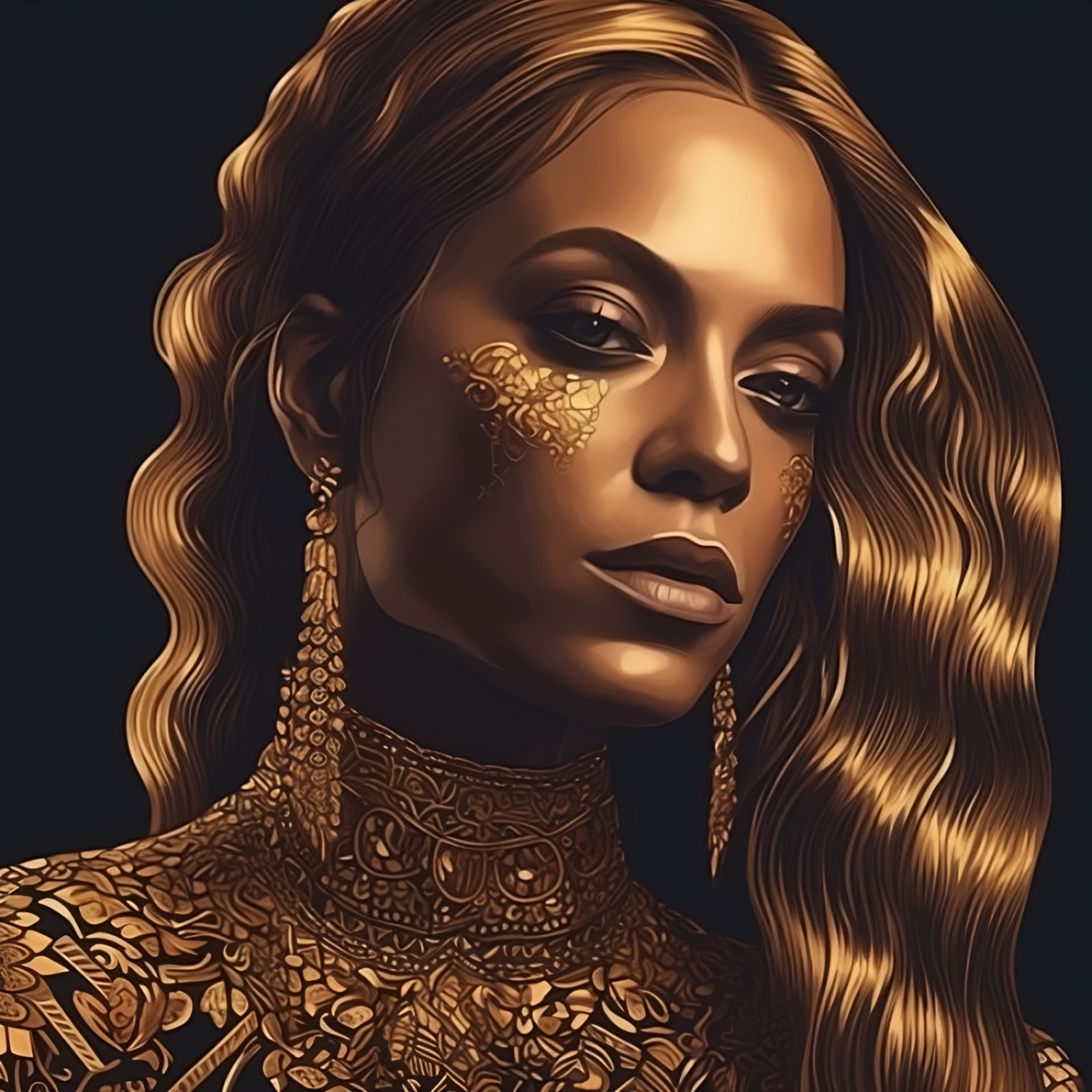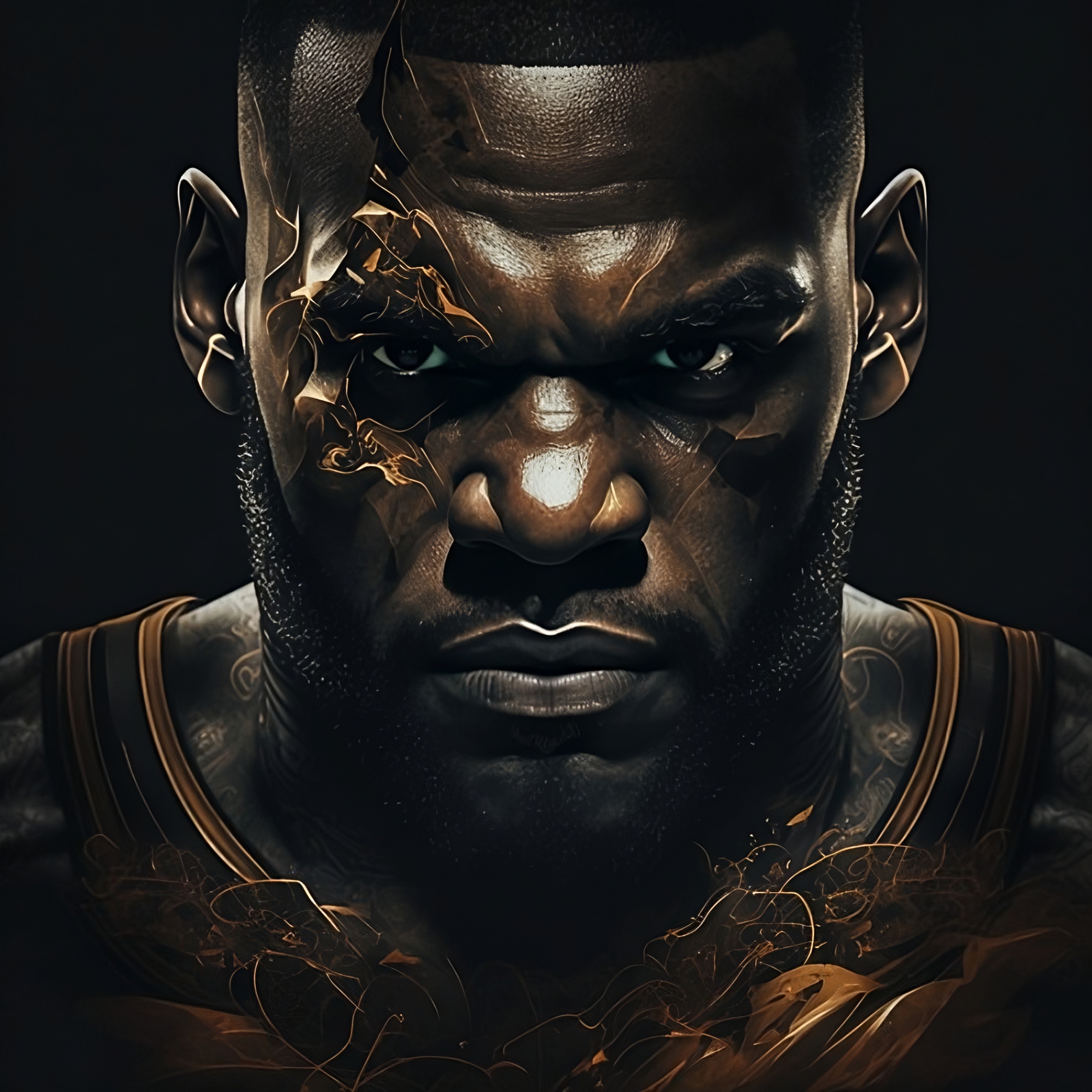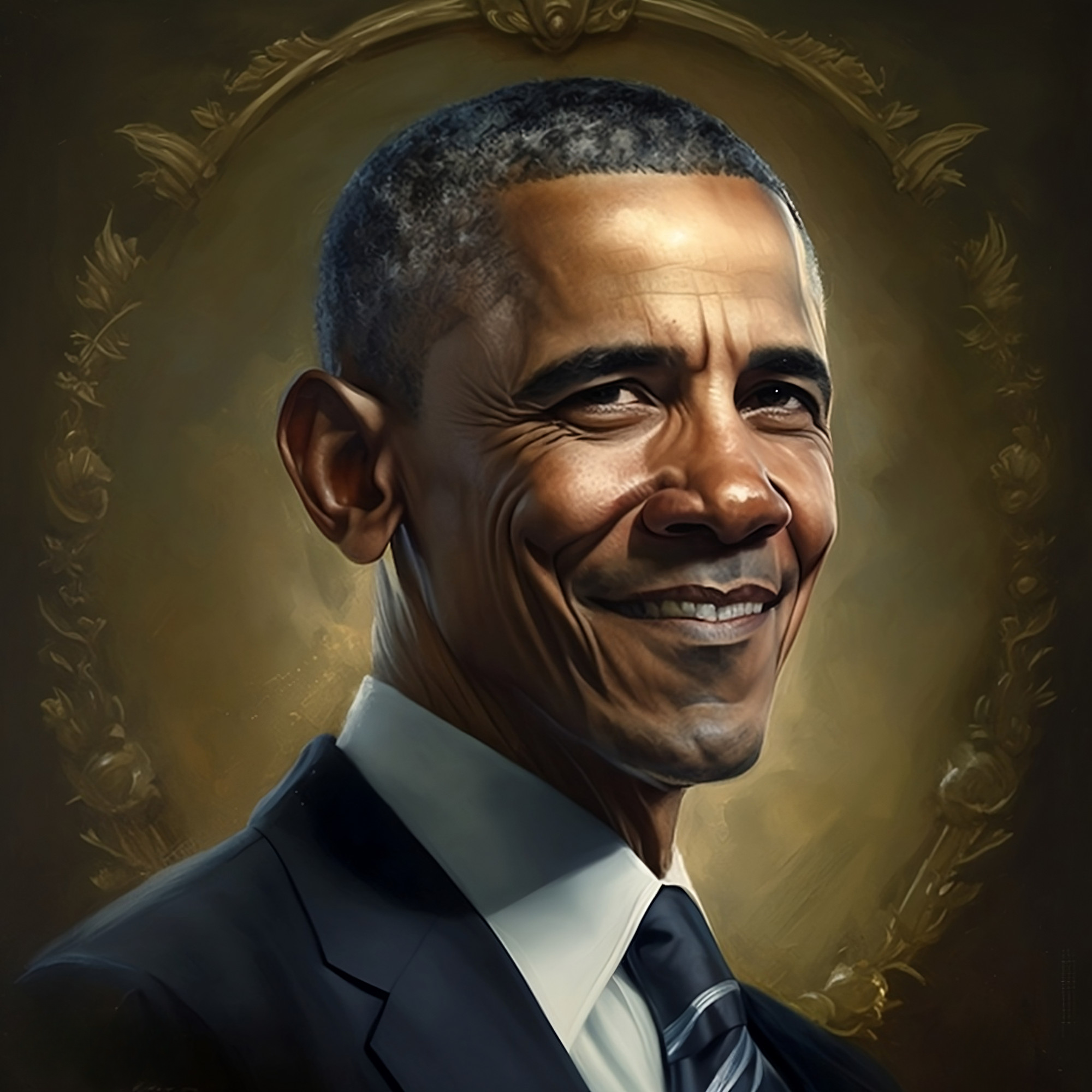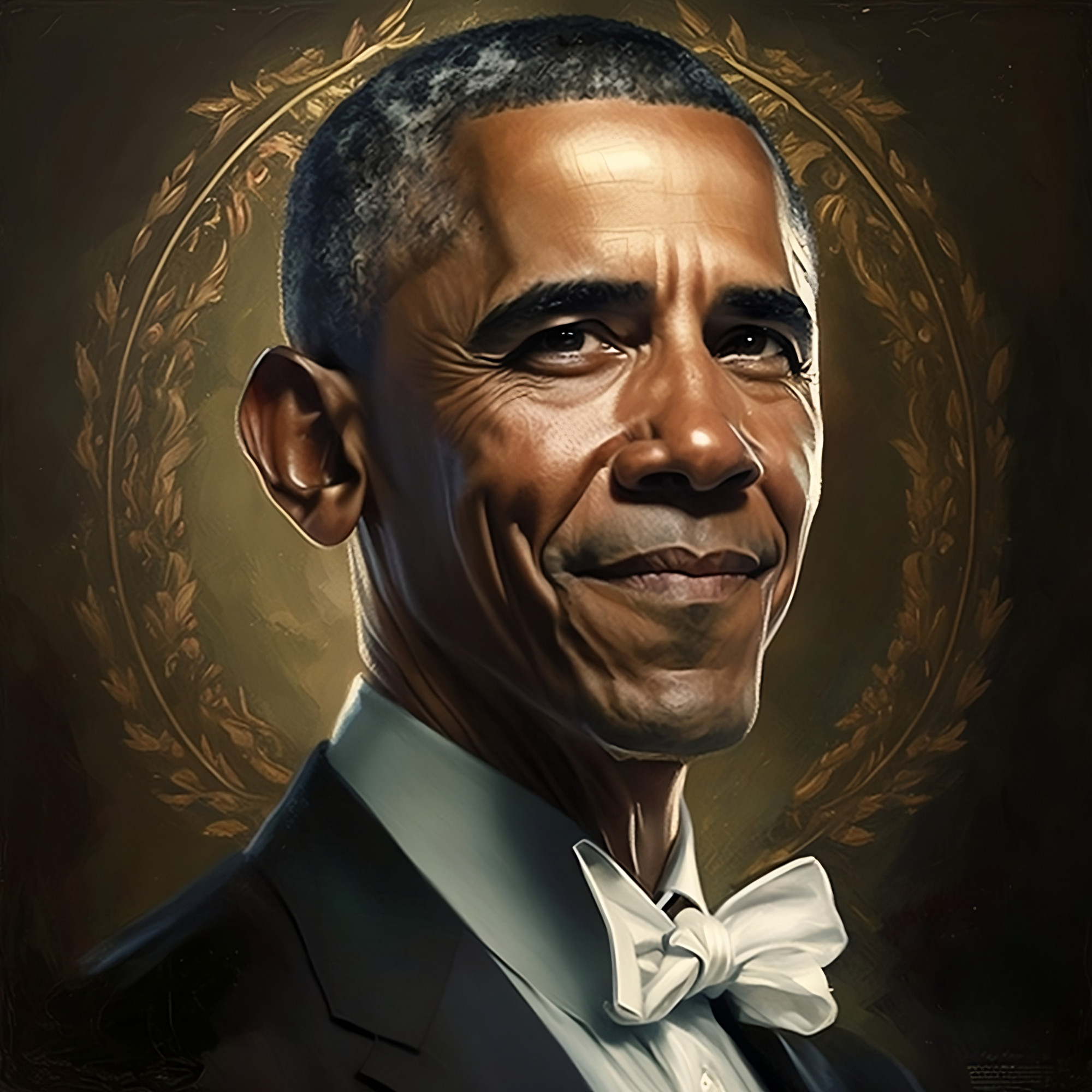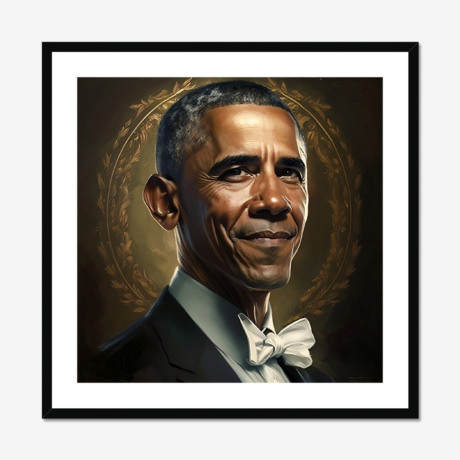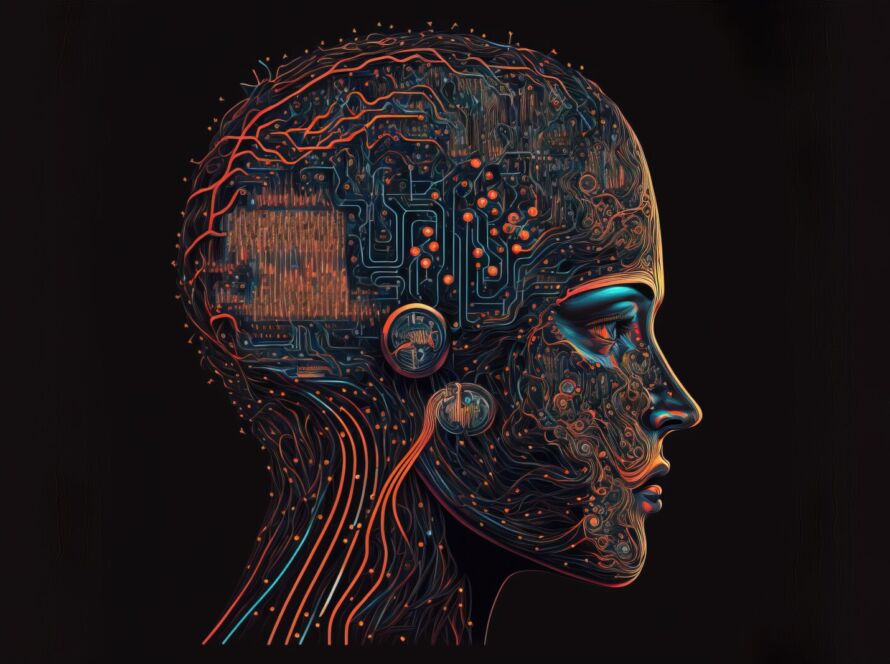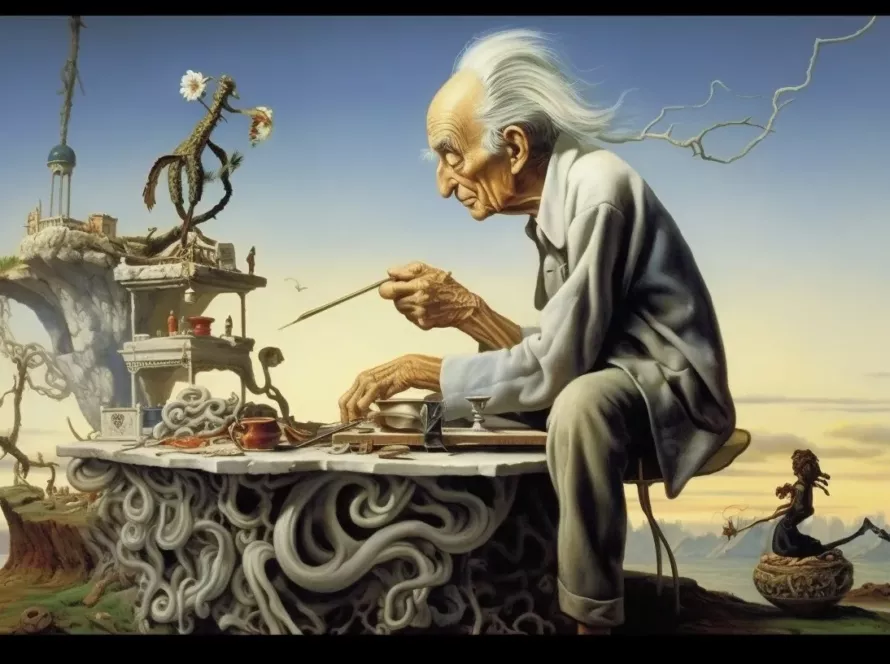The Collision of Code and Canvas: AI’s Unexpected Impact on Art
Introduction: The Intersection of AI and Art
The collision of code and canvas through the advent of AI is fundamentally reshaping the landscape of art. It is transforming not just the process of creation but also the interpretation and appreciation of artwork. This convergence has opened up new possibilities for artistic expression and has broadened the definition of who or what can be considered an artist. From the creation of AI art to the printing of AI canvas prints, AI is transforming the traditional art world in ways that were unthinkable a few decades ago.
History of Technology in Art: Evolution from Stone Carving to AI
Art and technology have always intertwined throughout history, reflecting the progression of human knowledge and skill. From the stone tools used to carve ancient sculptures to the sophisticated digital platforms used by today’s artists, technology has always been at the forefront of art creation and appreciation.
With the advent of digital technology, the impact of technological advancement on art has become more pronounced. Artists began using digital tools to create intricate pieces that were impossible to make with traditional methods. This evolution set the stage for the introduction of AI in art, and paved the way for the use of complex algorithms and machine learning in the creation of art.
AI art is not just a concept but a reality. AI art generator from photo and other innovative technologies are leading the new wave of digital artistry, with AI becoming an integral part of the artist’s toolbox. Websites like NFT54 offer a range of AI prints that showcase the rich diversity and complexity of AI-generated art.
-
LeBron James
Art Prints $160.00 – $200.00Buy now This product has multiple variants. The options may be chosen on the product page -
US President 44
Art Prints $160.00 – $200.00Buy now This product has multiple variants. The options may be chosen on the product page -
US President
Art Prints $160.00 – $200.00Buy now This product has multiple variants. The options may be chosen on the product page
The Impact of AI on Art Creation: Algorithmic Creativity
AI’s impact on art goes beyond the use of new tools. It’s changing the very process of how art is created. Generative art, which uses algorithms to create artwork, is one such example. It’s fascinating to observe how AI, through machine learning, can learn from millions of images and then use that knowledge to create unique pieces of art. You can find out more about this process at NFT54.
Prominent AI-generated art projects, such as Google’s DeepDream and the artwork created by the AI artist GAN (Generative Adversarial Networks), have garnered international attention, challenging our perception of creativity and originality. These projects highlight the growing influence of AI in the art world and pose intriguing questions about the nature of art and the role of the artist.
The role of the artist is indeed changing with AI. In the traditional sense, artists are the sole creators of their work. However, with AI, artists are often more like curators or directors, guiding the AI in the creation process. This shared control can result in unique and unpredictable works of art, such as the AI canvas prints available on NFT54.
Yet, AI’s involvement in the creation process does not detract from the value of the art created. If anything, it enhances it by opening up new realms of artistic possibility. The AI art generator from photo, for instance, has empowered artists to transform ordinary images into extraordinary pieces of art. Despite the potential controversies, AI is undeniably expanding the boundaries of artistic expression and innovation.
The Pros and Cons of AI in Art
Despite the exciting potential of AI in art, there are also challenges and criticisms. On one hand, AI has democratized art creation, allowing anyone with access to the right tools to create visually striking artwork. On the other hand, the rise of AI art has sparked debates about authenticity, originality, and the true meaning of creativity.
In the midst of these debates, it’s crucial to recognize that AI is not here to replace artists but to enhance their capabilities. The future of art is not a competition between humans and machines, but a collaboration that pushes the boundaries of creativity to new frontiers. To explore this topic further, check out NFT54 .
In conclusion, the collision of code and canvas is more than just a technological revolution. It’s a creative revolution that’s expanding our understanding of what art can be and who can create it. As we continue to explore the possibilities and navigate the challenges, one thing is clear: AI is here to stay, and it’s making the art world a more exciting place.
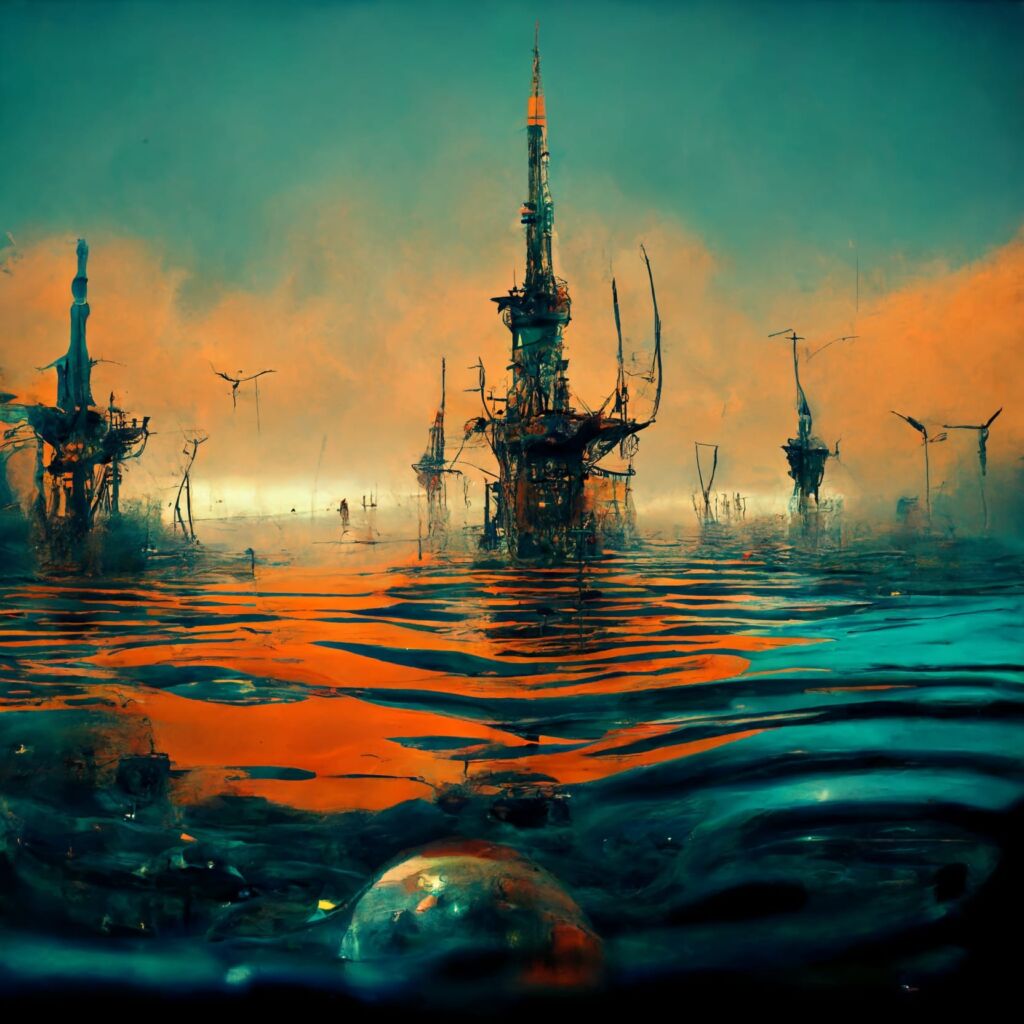
The Impact of AI on Art Interpretation: A New Lens
Beyond the canvas and the code, AI is redefining how we interpret and appreciate art. From AI tools that can recognize patterns and themes in artworks to systems that can offer personalized art recommendations based on individual tastes, AI is revolutionizing our interaction with art. Websites like NFT54 utilize AI to offer a unique, personalized art discovery experience that was previously unimaginable.
AI can decode and analyze artwork in a fraction of the time it would take a human. This not only makes art more accessible but also offers fresh perspectives, opening up new dialogues around art appreciation. However, this reliance on AI interpretation raises ethical questions. The potential for AI bias, derived from the data it’s trained on, can skew interpretations and impact the value and meaning of artwork. To gain more insight into the ethical implications, visit NFT54.
Another controversial aspect is the role of AI in art criticism. Can an algorithm really grasp the emotional nuances and cultural contexts of a piece of art, or does it simply mechanize the process, stripping away the human touch? This is a complex issue explored further on NFT54.
AI’s Impact on Art’s Societal Role: A Democratic Shift
Perhaps one of the most significant impacts of the collision of code and canvas is how it’s transformed the role of art in society. Art, once exclusive and somewhat elitist, is becoming more democratic thanks to AI. AI prints and AI art generator tools have made art creation and appreciation accessible to the masses. Now, everyone can become an artist or art collector, irrespective of their background or training.
The art market is also feeling the impact of AI. The first AI-generated portrait sold at Christie’s auction house for a staggering $432,500, signifying the recognition and value of AI art. To understand how AI is changing the art market, explore NFT54.
However, the rise of AI-generated art has raised significant societal and legal issues, particularly around the question of authenticity and originality. How do we attribute credit for AI-generated art? Who owns the copyright to an artwork created by an AI? These questions are central to ongoing debates in the art world, as discussed at length on NFT54.
The AI Art Revolution
AI’s intersection with art is more than a trend; it’s a revolution. As AI continues to permeate the art world, we must continue to question and explore its impacts. It is up to us to navigate the challenges and controversies to ensure that this revolution brings out the best in the art world. In the end, the collision of code and canvas may not be about technology replacing the artist but rather about technology empowering artists and art lovers, making art more accessible, diverse, and stimulating than ever before.

Case Studies: AI in Artistic Action
As we delve into the heart of the AI and art intersection, it is helpful to explore real-world applications and their impacts.
Case Study 1: The Emergence of GANs
Generative Adversarial Networks (GANs) have made a significant splash in the AI art world. GANs use two AI models – a generator and a discriminator – that work together to create and refine artworks. The groundbreaking sale of the GAN-generated artwork “Portrait of Edmond de Belamy” at Christie’s for over $400,000 signified the market’s acceptance of AI art. More on GANs and their impact on the art world can be found at NFT54.
Case Study 2: The Google DeepDream Project
The Google DeepDream project is another instance where AI has had a profound impact on art. Using a convolutional neural network, Google DeepDream transformed images into dream-like, surrealistic pieces of art. This highlighted the potential of AI to create unique and emotionally engaging artworks. For more about the Google DeepDream project, visit NFT54.
Case Study 3: OpenAI’s DALL-E
DALL-E, developed by OpenAI, has the unique ability to create images from textual descriptions, pushing the boundaries of AI and art. The system can generate unique combinations of concepts, demonstrating how AI can stimulate the imagination and create artwork that would be challenging for humans. To learn more about DALL-E, check out NFT54.
Conclusion: Looking Ahead
In summary, the collision of code and canvas through AI is profoundly impacting art. This intersection is not just reshaping the creation process but is also transforming interpretation and appreciation. While there are potential challenges and controversies, it is clear that AI is expanding the boundaries of artistic expression and innovation.
As we look towards the future, we can anticipate that AI will continue to be an integral part of the art world. This creative revolution is opening up new horizons of what art can be and who can create it. As we navigate the exciting intersection of AI and art, one thing is clear: this is not an end, but a new beginning.
The dawn of AI artists has arrived, and as we embrace this new era, the role of AI will continue to evolve, revealing new possibilities for creativity and artistic expression. To continue exploring AI’s exciting journey in the art world, stay updated with NFT54.
